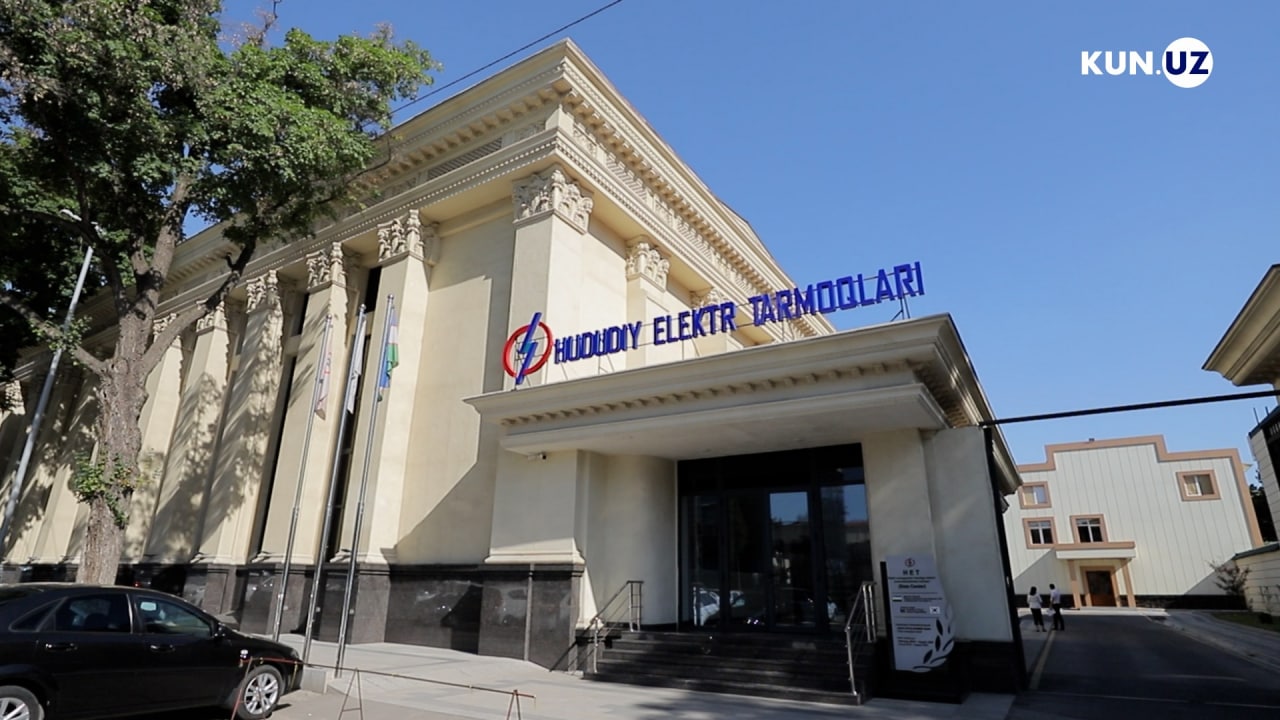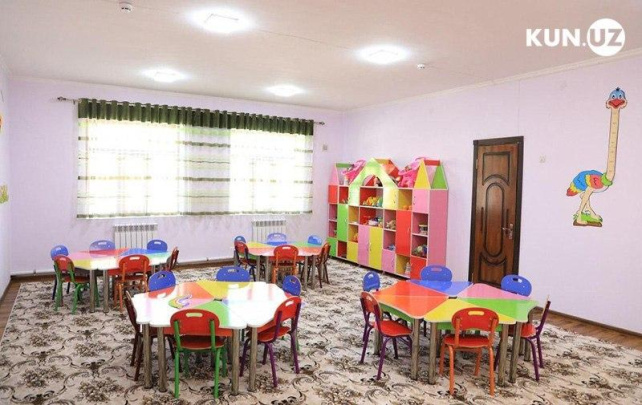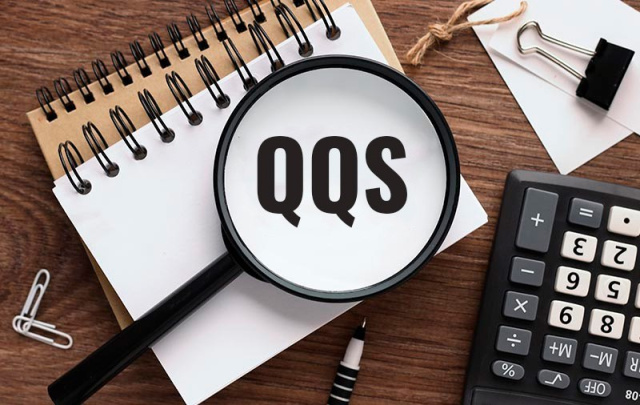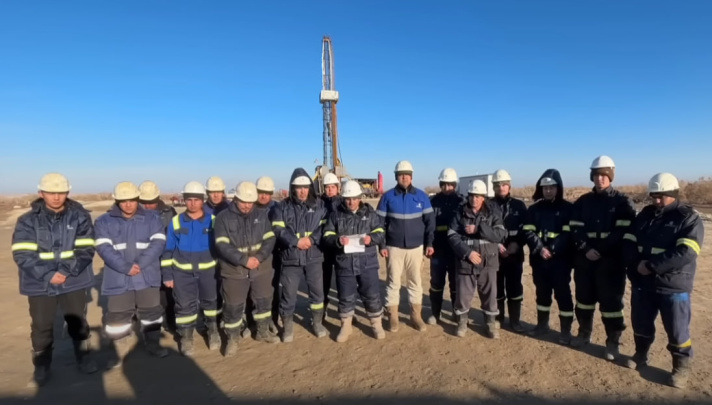In July, Anvar Gaibullaev, the First Deputy Chairman of Regional Electric Networks, informed journalists that a new billing system for electricity consumption would be introduced in Uzbekistan starting August 1 of this year.
Currently, the electricity consumption records for consumers are managed based on a billing payment system introduced in 2012.
"We needed a modern billing system. Technical requirements for the new system were developed by the end of 2022. From August 1 this year, the entire country was supposed to update to this system. At present, this system has been implemented in trial mode in the Yakkasaray district of Tashkent city," said Gaibullaev.
The consumer portal on the Regional Electric Networks website has not been operational since the beginning of August.
Initially, the company announced that from July 31, 2024, at 23:50, until August 5, 2024, at 22:00, maintenance work would be carried out at the data processing center due to the launch of the new “HET BILLING” software complex.
"During this period, there may be technical disruptions in making online payments for electricity and obtaining information from personal accounts. At the same time, we remind consumers that those with outstanding debts will not be automatically disconnected from the network to ensure convenience," the official statement said.
However, on August 6-7, the personal account was still not operational. As of August 7, 17:00, access to the personal account was still unavailable. Visitors to the website encounter the following announcement:
"Due to the launch of the new 'HET BILLING' software complex by 'Regional Electric Networks,' technical work is currently being conducted to adjust the system, and as a result, the actual information on the Consumer Portal will be gradually updated until August 7, 2024."
Why is the launch of the new billing system delayed?
Kun.uz contacted the press service of Regional Electric Networks asking for a comment on the situation. According to them, the complexity of implementing the new billing system is causing the delay.
"We have 8 million consumers, and their annual data is being transferred to the new billing system. This is not a simple task; it is not easy. We need to double check the data. It is our job to get this right; tomorrow we will be responsible for it. We have already opened other functionalities, including payment options and notary information on August 5. Currently, the only inconvenience for consumers is not being able to view their balance. Transferring the data is taking time.," said the company’s press secretary, Fahriddin Nuraliyev.
Additionally, it is mentioned that the personal account will be fully operational by the end of the day on August 7.
What will the new billing system include?
According to the information provided by the company’s press secretary to Kun.uz, the old system had limited information, such as the subscriber's name, passport details, and account number. The new billing system will include comprehensive information, ranging from cadastral data to all account numbers and many other details.
The system is equipped with the latest server hardware, and the capabilities for operation and data retrieval have been significantly expanded. Both system employees and users will benefit from additional conveniences. For example, subscribers will be able to monitor their electricity consumption, payment details, daily usage, and any other information online.
"Some of these features existed before, but there was no mobile application to access the data. With the updated system, a mobile app has also been launched. It can be downloaded by anyone using a mobile device. The existing personal account has also been improved. Additionally, a new communication system has been introduced in call centers," the company stated.
It was also added that the implementation of the new program is directly related to "smart" meters. Therefore, the initial indicator for equipping existing electricity consumers with "smart" meters has reached 100%. Experts emphasize that this is a relative figure, as it is not accurate to say that all such meters have been installed across the country. Due to the increase in population, housing construction, production, and other factors, the annual growth rate is 2%, meaning that the provision of "smart" meters will continue.






